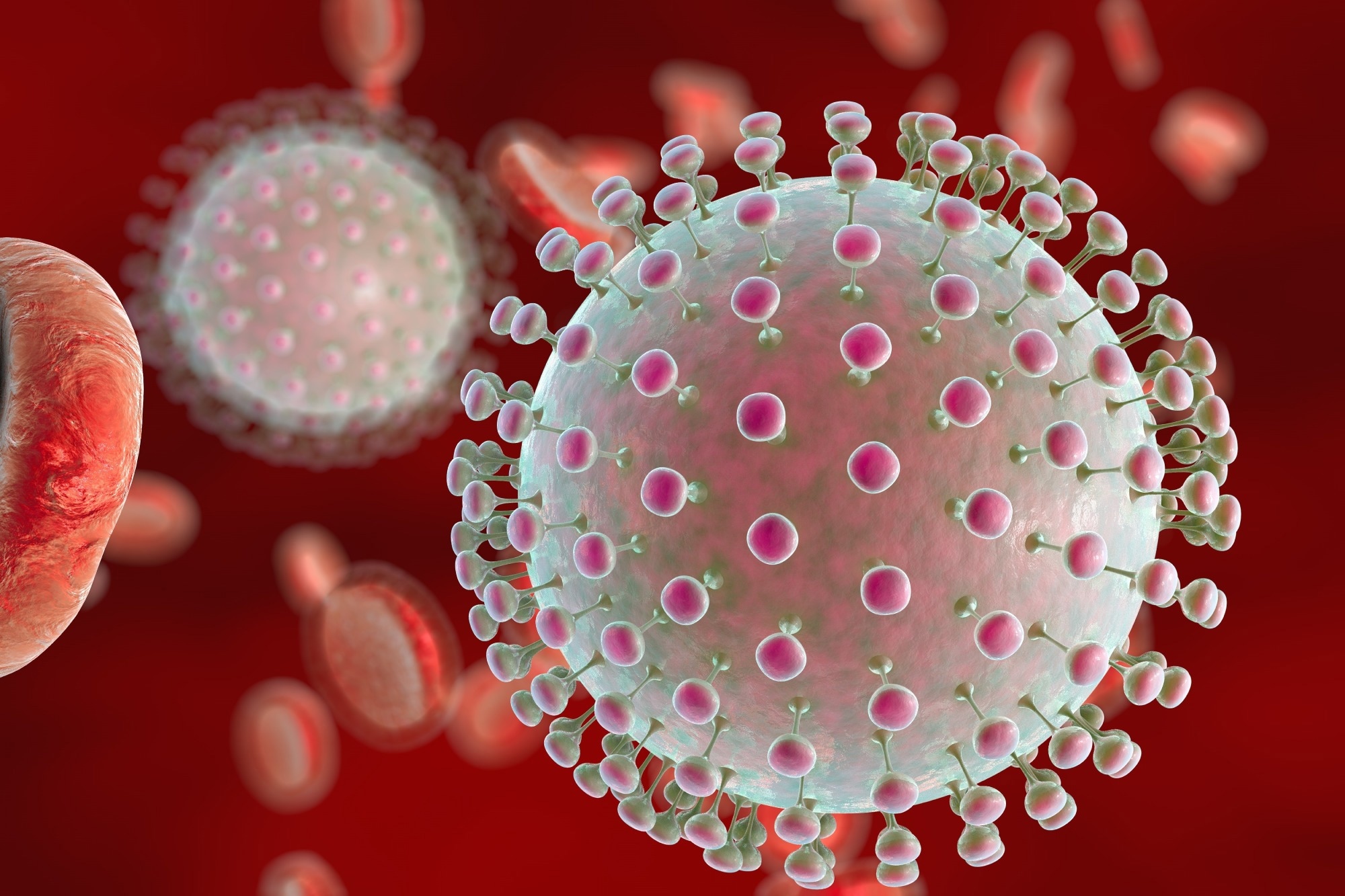In a recent study published in Pediatric Research, researchers assessed the neurodevelopment in preschool-aged Zika-exposed children without congenital Zika syndrome.
 Study: Preschool neurodevelopment in Zika virus-exposed children without congenital Zika syndrome. Image Credit: Kateryna Kon/Shutterstock
Study: Preschool neurodevelopment in Zika virus-exposed children without congenital Zika syndrome. Image Credit: Kateryna Kon/Shutterstock
Children exposed to the Zika virus (ZIKV) during gestation at the time of the ZIKV pandemic have aged to early childhood. Congenital Zika syndrome (CZS) refers to the phenotype of infants with various neurological defects and extensive medical requirements. Early neurodevelopmental outcome research shows a risk for neurodevelopmental deficits in the initial two years of life among children exposed to ZIKV during pregnancy. The neurodevelopmental and neurologic effects of children with the complete spectrum of exposure to congenital ZIKV need to be understood.
About the study
In the present study, researchers aimed to examine if in utero ZIKV-exposed children who did not have CZS had aberrant neurodevelopmental effects by preschool age.
In the Atlántico Department of Colombia, the team conducted a prospective group analysis of ZIKV-exposed and non-ZIKV-exposed control children. A total of 70 children aged between three to four years suffering from antenatal ZIKV exposure without any CZS diagnosis from the longitudinal pregnancy cohort were eligible. As part of early outcome research, children were normocephalic at delivery, had normal sequential prenatal ultrasonography, as well as magnetic resonance imaging (MRI), scans, no clinical evidence of CZS at birth, and a minimum of one neurodevelopmental assessment by the time they were 18 months old. Their mothers experienced symptomatic ZIKV infection during pregnancy and lived in a location with endemic ZIKV transmission with a laboratory-confirmed diagnosis of ZIKV.
The eligible birth date was chosen to enroll controls of a similar age to exposed cases but who were born before the advent of ZIKV circulation in Colombia. The children exposed to ZIKV were recruited via in-person or telephone contact at their homes and resided in or nearby Sabanalarga, Atlántico, Colombia.
Using the ZIKV Outcome Toolbox, neurodevelopment was evaluated. The Toolbox contains surveys for parents and standardized children assessments. The team employed The Pediatric Evaluation of Disability Inventory (PEDI-CAT), a computerized questionnaire that quantifies the physiological functions of everyday routines, mobility, responsibility, and sociocognitive skills. The Behavior Rating Inventory of Executive Function-P (BRIEF-P) is also a questionnaire designed to evaluate executive function. Parents also answered the Parenting Stress Index (PSI-4) along with home and family environment questionnaires and their children's medical history.
The team assessed the children using the Movement Assessment Battery for Children, Second Edition (MABC) and Bracken School Readiness Assessment (BSRA). The BSRA assesses a child's understanding in five subject areas: letters, colors, counting or numbers, comparisons or sizes, and shapes. Additionally, balance, hand dexterity, and the ability to aim and catch were evaluated by the MABC.
Results
At a mean age of 3.6, 55 of the 70 children with in utero ZIKV exposure were evaluated. Their mothers were infected with ZIKV during the initial two trimesters of pregnancy. Fetal exposure was reported to occur at an average of 7.9 weeks of gestation. At the age of 5.2 years, 70 controls who were not exposed to the ZIKV were assessed. Most mothers who contracted ZIKV during pregnancy noted that their anxiety did not impact their interactions with their offspring. Because of their ZIKV diagnosis, 13 mothers reported feeling different as compared to other pregnant women during their pregnancies.
Approximately 12 parents of the children exposed to the ZIKV expressed concern about their infant's health, compared to five parents of children from the control group. Six infections and one control included parents who reported mood issues in their children. There were more reports of child vision difficulties among infections than in controls, but there was no difference in the proportion of children who received rehabilitation therapy. The study also reported that 33 ZIKV-exposed children attended daycare, while the remainder were cared for by family or friends. Furthermore, 59 participants in the control group had begun elementary school during the evaluation.
The PEDI-CAT t-scores associated with infections were lower concerning responsibility and mobility, indicating lower child function. However, this score was higher among social or cognitive tasks and daily activities compared to controls. The team also noted that the BRIEF-P scores for flexibility and shift were higher among cases than controls.
Overall, the study findings showed that the children exposed to ZIKV in utero who did not develop CZS indicated improved neurodevelopmental gains. However, as they prepare to begin school, these children may require additional assistance with early executive function abilities and school preparation concepts.